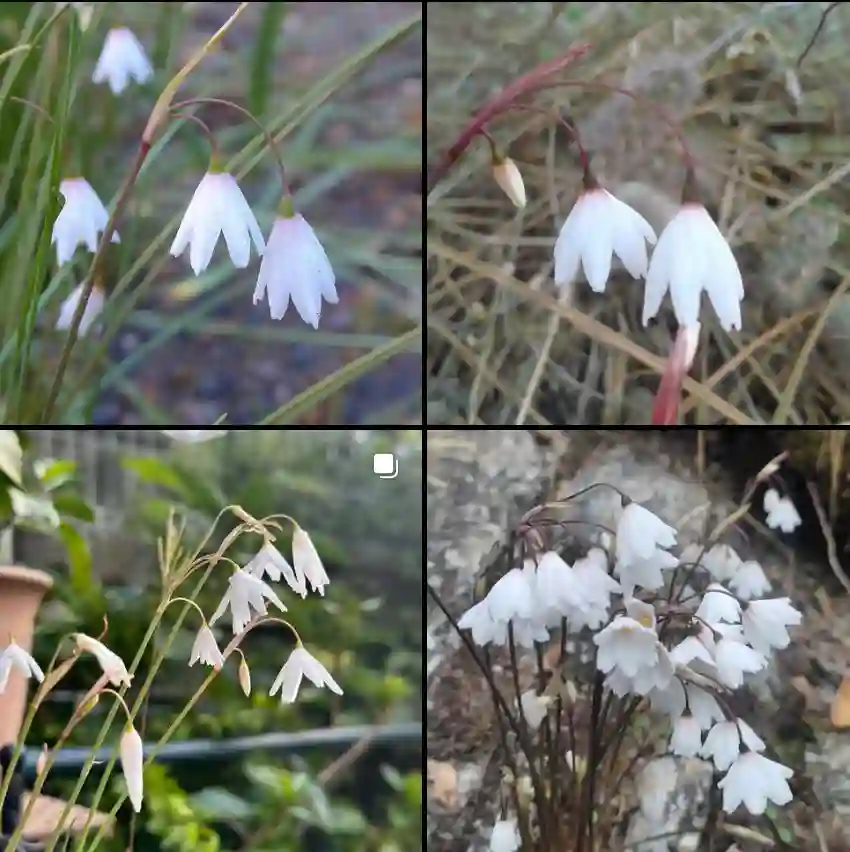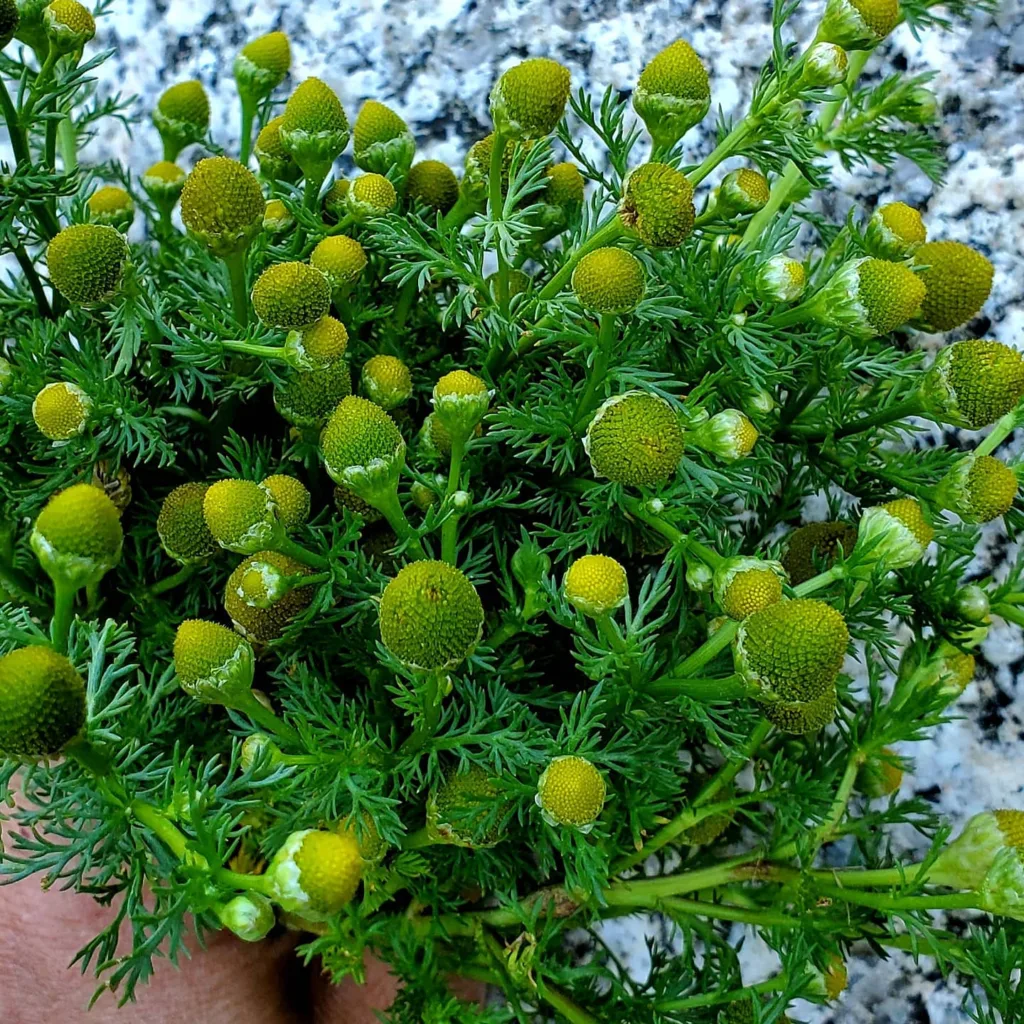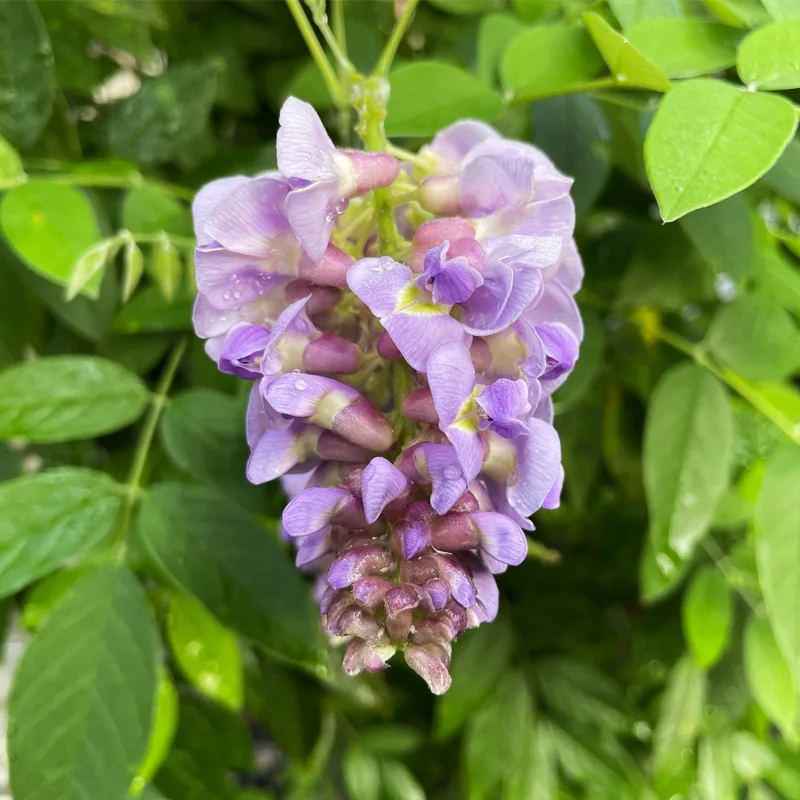Exploring the Fascinating Triuridaceae Family
As a plant enthusiast, I find myself drawn to the lesser-known families of the plant kingdom. One such family that has captured my interest is the Triuridaceae. This intriguing family is composed of several genera, including Kihansia, Kupea, Lacandonia, Peltophyllum, Sciaphila, Soridium, Triuridopsis, and Triuris. Each of these genera possesses unique characteristics that highlight the diversity of plant life. In this article, I’ll take you on a journey through the Triuridaceae family, sharing my insights and experiences.
Understanding the Triuridaceae Family
The Triuridaceae family is primarily comprised of tropical, understory herbs that thrive in shaded environments. These plants often display remarkable adaptations, allowing them to grow in the dark, humid conditions of forests. One notable feature of this family is the presence of mycoheterotrophic traits, which means that these plants rely on symbiotic relationships with fungi to obtain nutrients. As I learned more about this, it fascinated me how these plants had evolved to thrive in nutrient-poor soils.
Genera of the Triuridaceae Family
- Kihansia
Kihansia is a lesser-known genus within the Triuridaceae family. It typically grows in tropical rainforests and exhibits striking floral structures. I’ve always been captivated by its unusual flowers, which are often adapted for specific pollinators. Kihansia serves as a reminder of the intricate relationships in nature and how plants adapt to their surroundings.
- Kupea
Kupea is another intriguing genus. These plants often have fleshy stems and are adapted to high humidity levels. I remember my first encounter with a Kupea specimen in a botanical garden. The vibrant green leaves and robust structure caught my eye. Their adaptation to wet environments showcases the diversity of survival strategies within the Triuridaceae family.
- Lacandonia
Lacandonia is known for its distinct morphology. It’s a genus that highlights the beauty of the Triuridaceae family. With its delicate flowers and unique leaf structures, Lacandonia stands out among its relatives. I find the stories behind its discovery and the regions it inhabits to be compelling. This genus is a true testament to the wonders of plant evolution.
- Peltophyllum
Peltophyllum is often characterized by its unusual leaf shapes and growth habits. These plants are typically found in shaded areas, making them a unique addition to the understory of tropical forests. I enjoy observing how Peltophyllum plants interact with their environment, using their leaf structures to maximize light absorption in low-light conditions.
- Sciaphila
Sciaphila is perhaps one of the most fascinating genera in the Triuridaceae family. Its flowers are highly specialized, often attracting specific pollinators. During my exploration of tropical forests, I was fortunate enough to spot a Sciaphila specimen. The intricate floral designs and vibrant colors are a photographer’s dream. This genus highlights the complexity and beauty of plant life.
- Soridium
Soridium is notable for its robust growth patterns and unique reproductive strategies. I’ve always found the lifecycle of Soridium to be particularly interesting, as it showcases how these plants reproduce in their specific environments. Observing these processes in action adds a layer of appreciation for the ecological dynamics at play in the Triuridaceae family.
- Triuridopsis
Triuridopsis is a genus that exemplifies the adaptability of the Triuridaceae family. These plants often exhibit a range of morphological traits that help them survive in various conditions. I’ve spent hours researching Triuridopsis and its adaptations, marveling at how nature has equipped these plants to thrive in challenging environments.
- Triuris
Finally, Triuris is perhaps the most recognized genus in the Triuridaceae family. Known for its small size and unique morphology, Triuris has been the subject of numerous studies. I’ve always been fascinated by its ecological roles in forest ecosystems, and observing these plants in their natural habitats has deepened my understanding of their importance in maintaining biodiversity.
The Ecological Significance of Triuridaceae
The Triuridaceae family plays a vital role in their ecosystems. By forming relationships with fungi, these plants contribute to nutrient cycling in their environments. They also serve as indicators of ecological health, particularly in tropical rainforests where biodiversity is crucial. Understanding the importance of these plants has helped me appreciate the interconnectedness of life on Earth.
Conclusion
The Triuridaceae family, with its unique genera, showcases the incredible diversity of the plant kingdom. From Kihansia to Triuris, each genus offers a glimpse into the remarkable adaptations and relationships that define these plants. My journey into the world of Triuridaceae has deepened my appreciation for the intricacies of nature and the importance of preserving these incredible species. As I continue to explore, I hope to inspire others to appreciate the beauty and significance of the Triuridaceae family.
If i die, water my plants!



